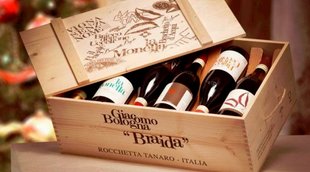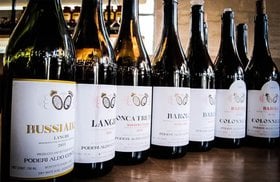Barbera d’Asti (Taste, Prices, Best Wines 2025)
Want to know all about Barbera d’Asti and the best ones to buy in 2024?
Barbera d’Asti is an easy-drinking red wine - one of the most loved wines from the Piedmont region in Italy! In the past two decades, this Italian wine has won plenty of hearts with its light and fresh character.
In this article, discover everything about Barbera d’Asti wine - its rich history, taste, characteristics, and the best Barbera d’Asti wines to buy in 2024.
Further reading
- Want to try more red wines? Try out Merlot!
- Also check out Pinot Grigio, a refreshing white wine! Or, try Delicious Pinot Noir.
All About Barbera d’Asti
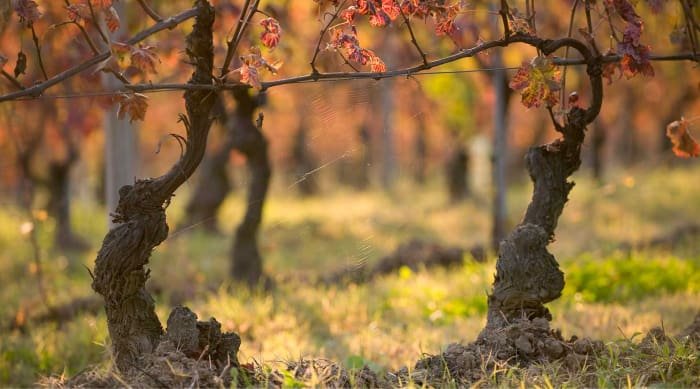
No two vines are alike. As Barbera ages, the character is evident in the gnarly trunks that twist and turn with each year.
Barbera d’Asti is a DOCG wine (highest level of Italian Wine Classification) made in the Asti and Alessandria regions of Piedmont (Piemonte) in northwest Italy.
The wine is made from 90% Barbera grapes with Freisa, Grignolino, or Dolcetto being the other grape varieties in the blend.
Although Barbera wines are produced all across the globe, the wines made in Asti best showcase the finesse and lightness of the grape variety!
Here’s everything you need to know about Barbera d’Asti:
- A Brief History of Barbera d’Asti
- Barbera d’Asti Wine Regions
- Barber Grapes: Climate and Terroir
- Wine Styles
- Wine Labels
A Brief History of Barbera d’Asti
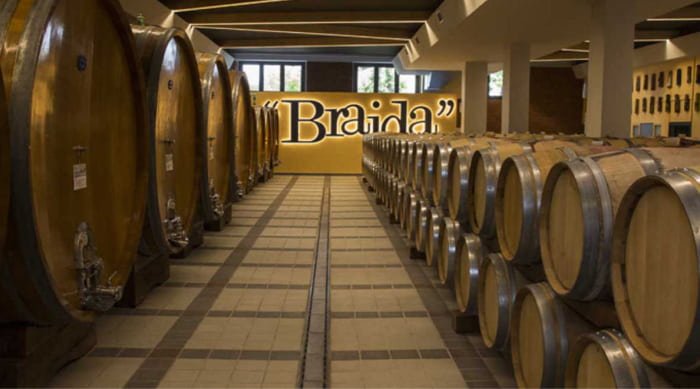
Barbera’s history goes back to the 13th-century cultivations of the grape in the Monferrato hills of central Piedmont.
The first written records of the vinification of Barbera are found in 17th century documents, stored in the city hall of Nizza Monferrato.
Until the 19th and 20th centuries, Barbera wines were looked upon as light, approachable table wines to be paired with a regular dinner dish like pasta with tomato sauce.
However, things changed when Giacomo Bologna, son of Giuseppe Bologna (founder of the Braida winery), brought in great changes in regional winemaking. Inspired by his visit to the United States (mostly California), he started experimenting with the Barbera d’Asti produced in the area.
Giacomo planted Barbera at the best sites and also pruned the vines to get concentrated grapes.
He harvested his grapes several days after the usual harvesting period so that the fruit was riper and less acidic.
Lastly, he used the method of oak barrique aging (inspired by French winemaking) to produce sweeter tannins.
The wine that he produced was such a well-structured enigma that it came to be known as a noble wine!
Winemakers across Asti took inspiration and conducted malolactic fermentation to control Barbera’s acidity - producing a stronger wine while still maintaining its freshness for years.
Also read: The best of the sweet, fruit-forward Moscato Wines to buy in 2024. How to pick the perfect wine glass for your wine
Barbera d’Asti Wine Regions
Asti has six sub-regions that practice unique winemaking techniques.
The six sub-zones are:
- Nizza Monferrato
- Vinchio
- Castelnuovo Calcea
- Agliano
- Belveglio
- Rocchetta
Barbera Grapes: Climate and Terroir

Barbera prefers a warm and sunny climate.
The Asti region has two major soil types - the Astian sandstone soils and the calcareous soils.
The northern part of the Asti zone has calcareous soils full of limestone. The Barbera grape of this region produces structured and deep-colored wines.
On the other hand, Barbera grown in the Astian sandstone soils in the southern part of the Asti zone produces lighter and more perfumed wines.
The warm and sunny Alba region of Italy is another great site for the Italian Barbera grape variety. But since Barolo and Barbaresco are the key wines of the area, Nebbiolo plantings take up most of the area on the sloping vineyards.
So, the Barbera wines made in Alba - Barbera d’Alba - are produced in lower quantities than Barbera d’Asti.
Also read: Counting calories? How many calories does your wine have?
Barbera d’Asti Wine Styles

Two major wine styles exist in the Asti region - Barbera d’Asti normale and Barbera d’Asti Superiore.
- Barbera d’Asti normale wines: are made to be drunk young. The fermentation takes place in steel tanks that leave them with bright acidity.
- Barbera d’Asti Superiore wines: are aged for a minimum of 14 months (six months in oak barrels). Superiore wines can age longer and have a better structure than steel fermented wines.
The maceration process for both Normale and Superiore wines takes at least 10 days
Wine Labels
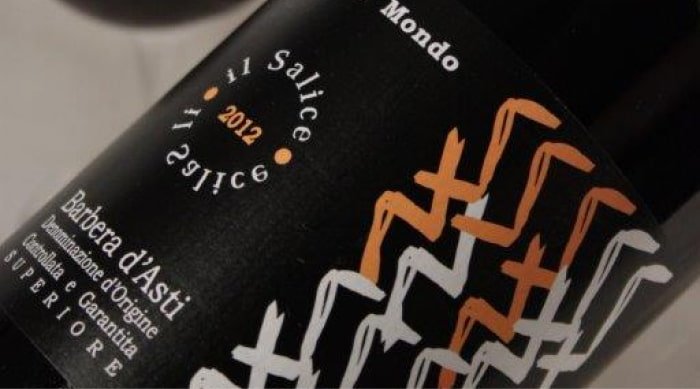
Several different terms may appear on a Barbera d’Asti label.
- “Vigna” and “Vigna Superiore” mean that the wine comes from a locally recognized sub-zone of the DOCG. Both Vigna and Vigna Superiore are aged 14 months and have a minimum alcohol level of 12.5%.
- Wines labeled ‘Normale’ don't require 14 months of aging and can be released from 1st March following the harvest. They have a higher acidity than Vigna wines.
Further reading:
Try out these Sparkling Wines perfect for drinking and for long-term investing!
Taste and Characteristics of Barbera d’Asti Wine

Barbera d’Asti wine has a deep ruby red color and is quite light on the palate with light tannins and fresh acidity.
Barbera is one of the most savory Italian wines dominated by red fruit flavors of cherry, red berries (like raspberry), and dried plum. You also get notes of oak aging (white pepper and licorice) that often leave a lasting aftertaste.
Also read: How to design the perfect cellar to store your precious wines
Food Pairings with Barbera d’Asti

Since Barbera d’Asti (and Barbera d’Alba) have light tannins, they do not overwhelm the palate and can be paired with almost every dish under the sun.
But to get the best of its flavors, serve your Barbera d’Asti with aged cheese, soft meat, or sauteed veggies.
Now, which Barbera d’Asti bottles should you buy?
Best Barbera d’Asti Wines in 2024 (Including Tasting Notes, Prices)
Here are some of our Barbera d’Asti wine suggestions.
1. 2009 Coppo Riserva Della Famiglia, Barbera d'Asti Superiore Nizza DOCG, Italy
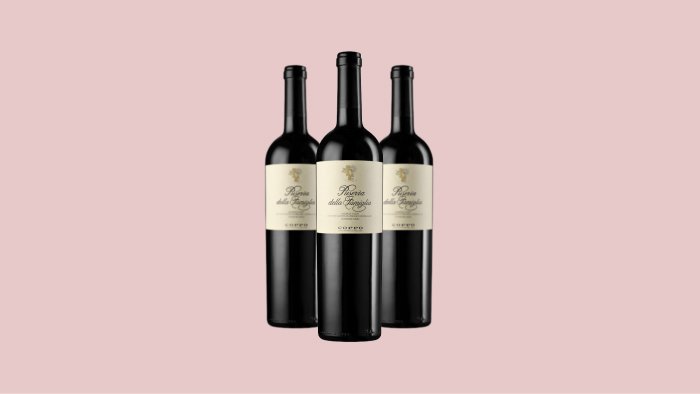
This is a complex and layered deep ruby red wine from the Nizza DOCG.
The nose opens to a bouquet of blackberry, plum, raspberry, graphite, cocoa, spice, and slight mineral notes. The palate is warm and rich and leaves a lasting taste in the mouth.
Price of 2009 Coppo Riserva Della Famiglia, Barbera d'Asti Superiore Nizza DOCG, Italy: $153
2. 1999 Bava Stradivario, Barbera d'Asti Superiore DOCG, Italy
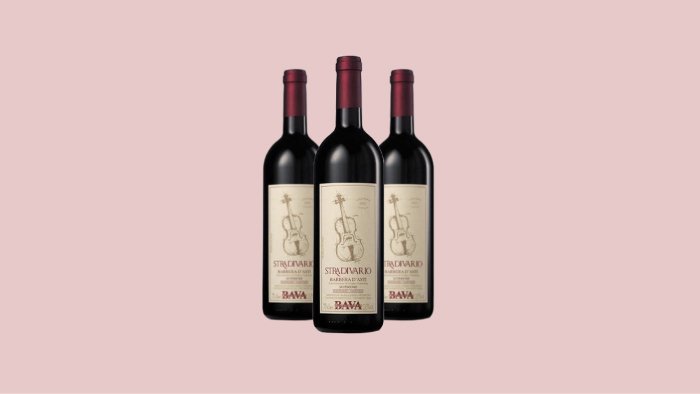
The 1999 Bava Stradivario is a delicious medium-bodied red wine. The wine has violet hues that have developed with aging.
Dominant flavors of blackberries and black currant pop out, enhanced by candied apple notes. The fermentation in oak vats adds subtle notes of white pepper, prunes, and tobacco, making it perfect to be paired with the antipasti (first course) of formal Italian meals.
Price of 1999 Bava Stradivario, Barbera d'Asti Superiore DOCG, Italy: $223
3. 2008 Giacomo Bologna Braida Ai Suma, Barbera d'Asti DOCG, Italy

This wine is made by the Giacomo Bologna Braida winery that also produces single vineyard Barbera bottlings like the 1982 Bricco dell’Uccellone and Moscato d’Asti Vigna wines.
Made from late-harvest fruit, the maceration of this wine takes place for 20 days allowing it to develop firm tannins. The nose is complex with layers of ripe fruit, chocolate, spices, licorice, and toasted nut. The palate reveals flavors of graphite, sweet herbs, and balsam.
Price of 2008 Giacomo Bologna Braida Ai Suma, Barbera d’Asti DOCG, Italy: $125
4. 2013 Il Falchetto Bricco Roche, Barbera d'Asti Superiore DOCG, Italy
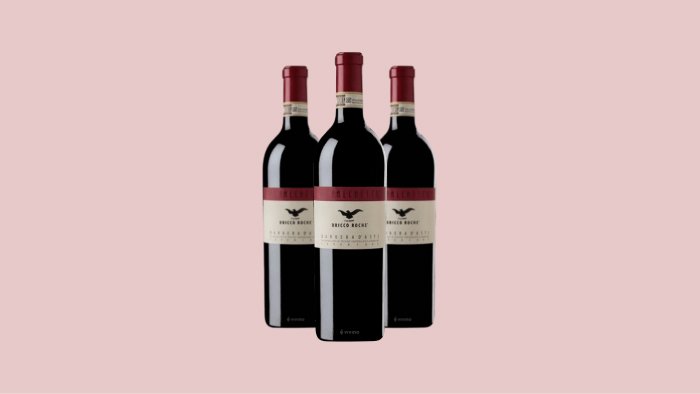
A deep ruby red wine with a light but sharp nose, the 2013 Il Falchetto Bricco Roche is full of fruity notes. The taste is dominated by ripe cherries, prunes, blueberries, vanilla, and wet earth. The fine tannins leave a lasting finish in the mouth.
Price of 2013 Il Falchetto Bricco Roche, Barbera d'Asti Superiore DOCG, Italy: $104
5. 2001 Scagliola Sansi Selezione, Barbera d'Asti DOCG, Italy
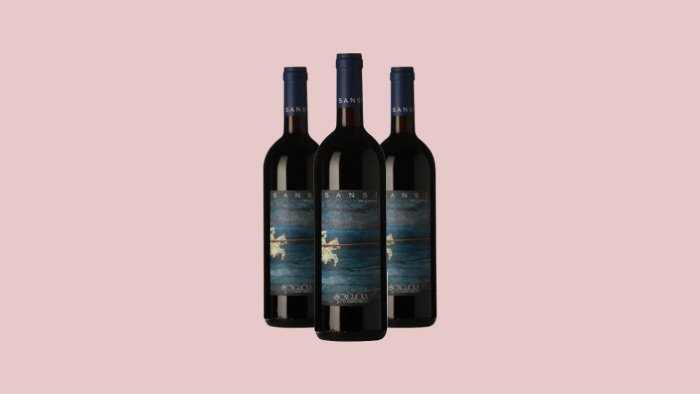
A light-bodied varietal wine from Piedmont, the 2001 vintage gives off aromas of dark plum, cocoa, vanilla, and spices. The wine is dry on the palate with a lasting finish. The fresh acidity makes it a perfect wine to be paired with red meat dishes.
Price of 2001 Scagliola Sansi Selezione, Barbera d'Asti DOCG, Italy: $77
6. 2014 Luigi Spertino 'La Mandorla', Barbera d'Asti Superiore DOCG, Italy
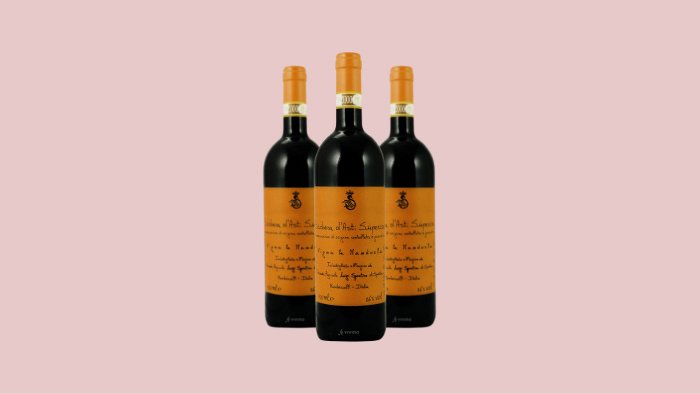
Slightly bold with smooth tannins, La Mandorla by Luigi Spertino is a classic Barbera d’Asti wine.
The concentrated fruit flavor of blueberry, morello cherry, and prune compote is balanced by the medium-high acidity of the wine. On the palate, the wine leaves an aftertaste of sweet spices including cinnamon, nutmeg, and white pepper.
Price of 2014 Luigi Spertino 'La Mandorla', Barbera d'Asti Superiore DOCG, Italy: $100
7. 1995 Giacomo Bologna Braida Bricco dell' Uccellone, Barbera d'Asti DOCG, Italy
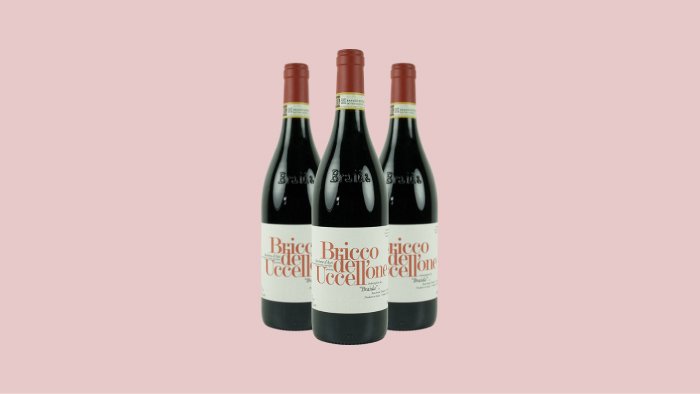
With a light ruby body with a garnet rim, the 1995 vintage by Giacomo Bologna is a beautiful Barbera wine full of flavors characteristic to Burgundy wine!
The nose opens to grilled cherries, leather, earth, tar, and spices. The palate is dominated by lively acidity and notes of cherries, plums, and leather. The wine has a slightly smoky flavor that has developed with oak aging.
Price of 1995 Giacomo Bologna Braida Bricco dell' Uccellone, Barbera d'Asti DOCG, Italy: $112
8. 1999 Giacomo Bologna Braida Bricco della Bigotta, Barbera d'Asti DOCG, Italy
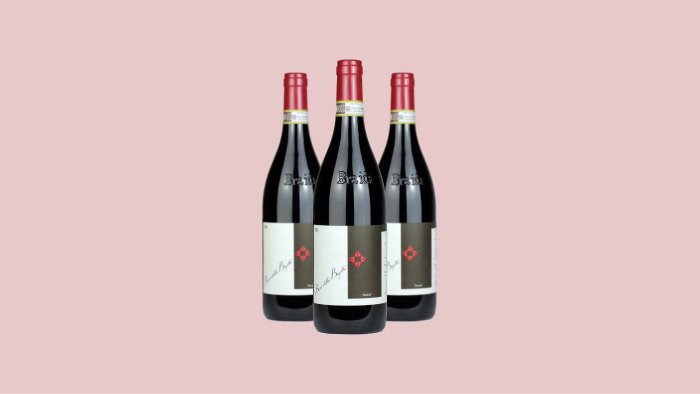
The 1999 Giacomo Bologna Braida Bricco della Bigotta has a deep ruby color with garnet reflections.
The wine has a fully-developed and perfumed nose full of fruity aromas of red fruits. It gives off hints of mint, vanilla, and licorice with a well-rounded palate.
Price of 1999 Giacomo Bologna Braida Bricco della Bigotta, Barbera d'Asti DOCG, Italy: $120
9. 1999 Hastae Quorum, Barbera d'Asti DOCG, Italy
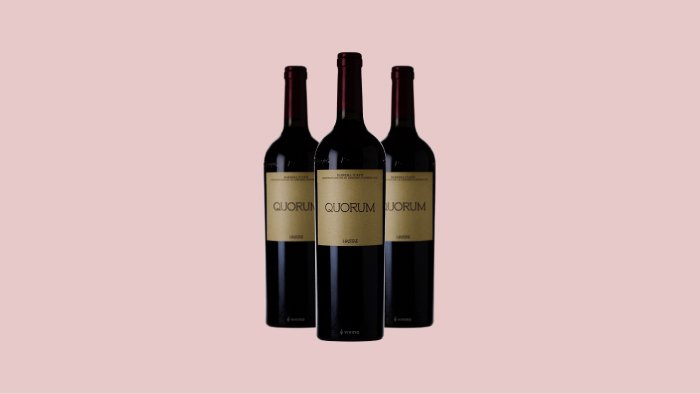
Dry on the palate, the 1999 Hastae Quorum shows hints of oak aging. The dominant notes include tobacco, chocolate, and coffee with subtle hints of forest floor, licorice, and smoke. The velvety tannins give the wine a smooth finish.
Price of 1999 Hastae Quorum, Barbera d'Asti DOCG, Italy: $76
10. 2007 Trinchero Vigna del Noce, Barbera d'Asti DOCG, Italy
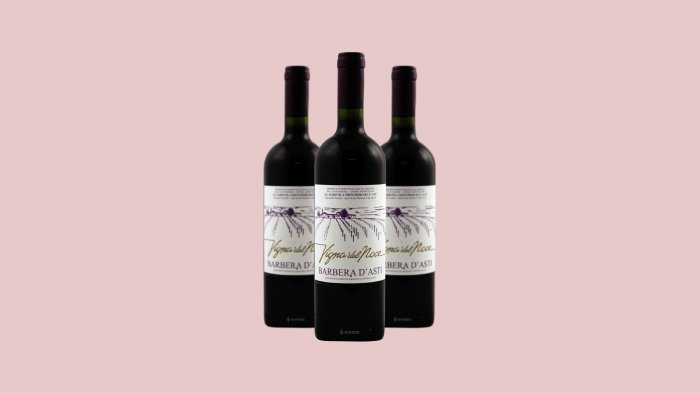
This is a Barbera d’Asti with medium tannin levels and a long finish.
Earthy flavors of mushroom, leather, and smoke dominate the palate, followed by black fruit notes (blackberry and black cherry) and subtle hints of tobacco.
Price of 2007 Trinchero Vigna del Noce, Barbera d'Asti DOCG, Italy: $67
But how long a Barbera d’Asti age? Does it make a good long-term investment?
Does Barbera d’Asti Age Well?
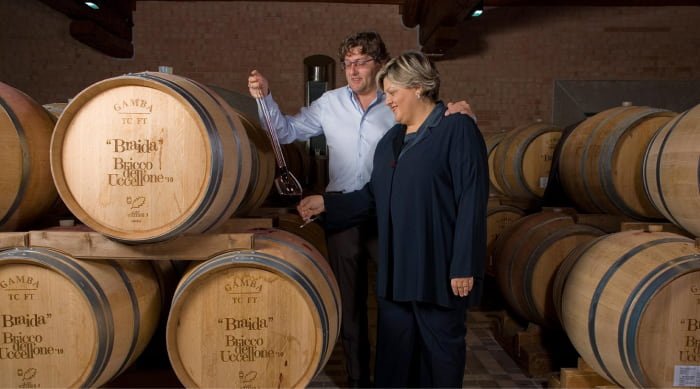
Barbera wine develops savory fruit flavors within 2-6 years of aging. That’s why most Barbera wines like the Barbera d’Asti Tres Vigne are best drunk early.
However, the high acidity of Barbera grapes gives some wines a longer life. For example, Barbera d’Asti wine from prestigious wineries like Giacomo Bologna Braida can age for 10 to 20 years.
But when it comes to investment, Barbera d’Asti may not be your best choice.
Instead, you can opt for other fine investment wines like Barolo and Barbaresco Nebbiolo wines from Italy!
So, how do you buy fine collectible wines without worrying about a counterfeit bottle or the hassles of having to store it for the long term?
Buy Fine Collectible Wines through Vinovest
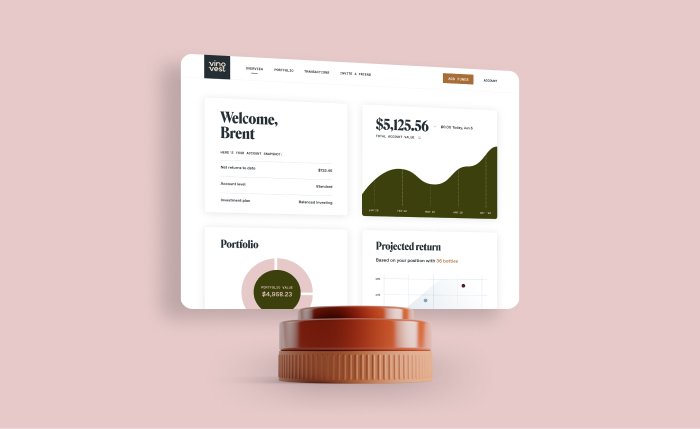
Vinovest is a world-class wine investment company that helps you buy fine collectible wines from across the globe.
With Vinovest, you can buy, sell, store, and authenticate your wine easily!
How Does it Work?
Investing with Vinovest is super easy. Follow these four steps to start investing.
- Sign up
- Share your investment preferences and risk appetite by answering a questionnaire.
- Fund your account (minimum $1,000)
- Start building your wine portfolio!
Benefits
Here’s why you should invest with Vinovest:
1. AI-Driven Technology for Easy Buying and Selling
Vinovest’s AI-driven technology makes buying and selling your favorite Chardonnay, Eiswein, a Lambrusco wine, or any other bottle quick and easy. You can buy or sell them with only a few clicks!
2. Best Prices
Vinovest buys your wine directly from wineries, global wine exchanges, and wine auctions, ensuring that you get the best price for your bottle.
3. Expert Wine Advisory Team
Vinovest has a team of Master Sommeliers and data scientists who, with the AI-driven technology and intelligent financial models, help you build a high-performing wine portfolio.
4. Deep Wine Network
With Vinovest, you get access to rare wines, limited releases, and upcoming vineyards even in lesser-known wine regions.
5. Optimal Storage
Your Screaming Eagle, Tempranillo, and other precious wines need to be stored perfectly to preserve their taste and value! Vinovest stores your wine in bonded warehouses located near major wine regions. Every warehouse is temperature-controlled, with optimal humidity, light, pressure, and vibration.
6. Low Overall Cost
Vinovest charges a minimal fee of 2.5% (1.9% for a portfolio of $50,000 or more) in addition to the funds you add to your account.
This fee covers buying, selling, authentication, full-coverage insurance policy, storage, and portfolio management. Moreover, Vinovest has bonded warehouses that do not charge any VAT or excise duty. So, you also get tax advantages.
7. Insurance and Security
Your wine bottle is stored under 24/7 surveillance. In addition to this, the warehouses have power backup facilities to ensure your wine gets the right condition even during a power cut.
What’s more?
Every bottle you buy with Vinovest comes with a full-coverage insurance policy - be it a sweet red wine bottle or a sweet white wine like the Egon Muller Riesling.
8. Ownership
This is the best part - you own every bottle you buy through Vinovest!
Start Your Wine Collection Today!
The lively Barbera d’Asti wine is perfect for a casual dinner or a brunch with friends!
But it may not be the best option for a long-term investment.
If you are looking to invest in fine collectible wines, your best option would be to use a world-class wine investment platform like Vinovest.
So sign up on the Vinovest website and start your wine investment journey today!
